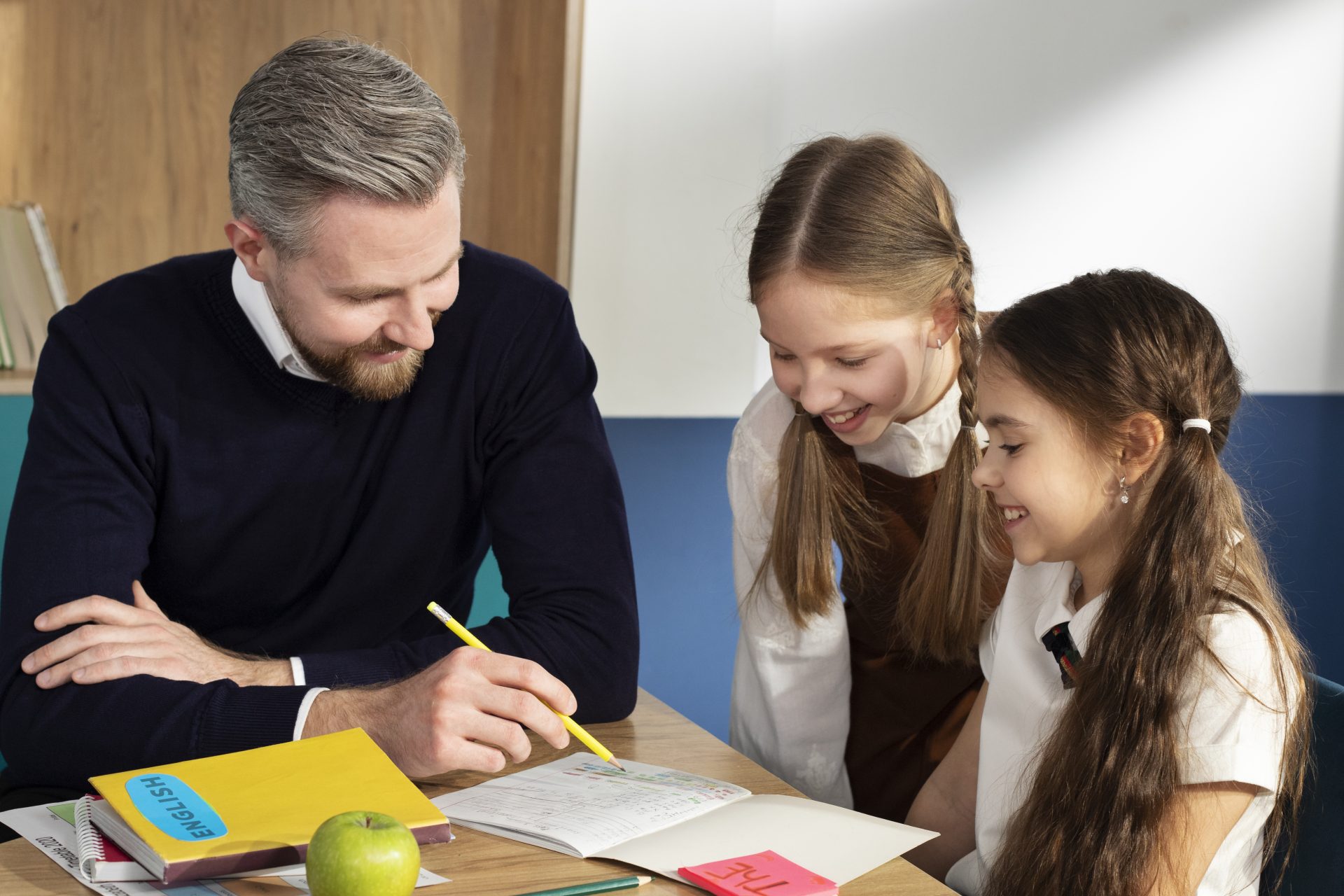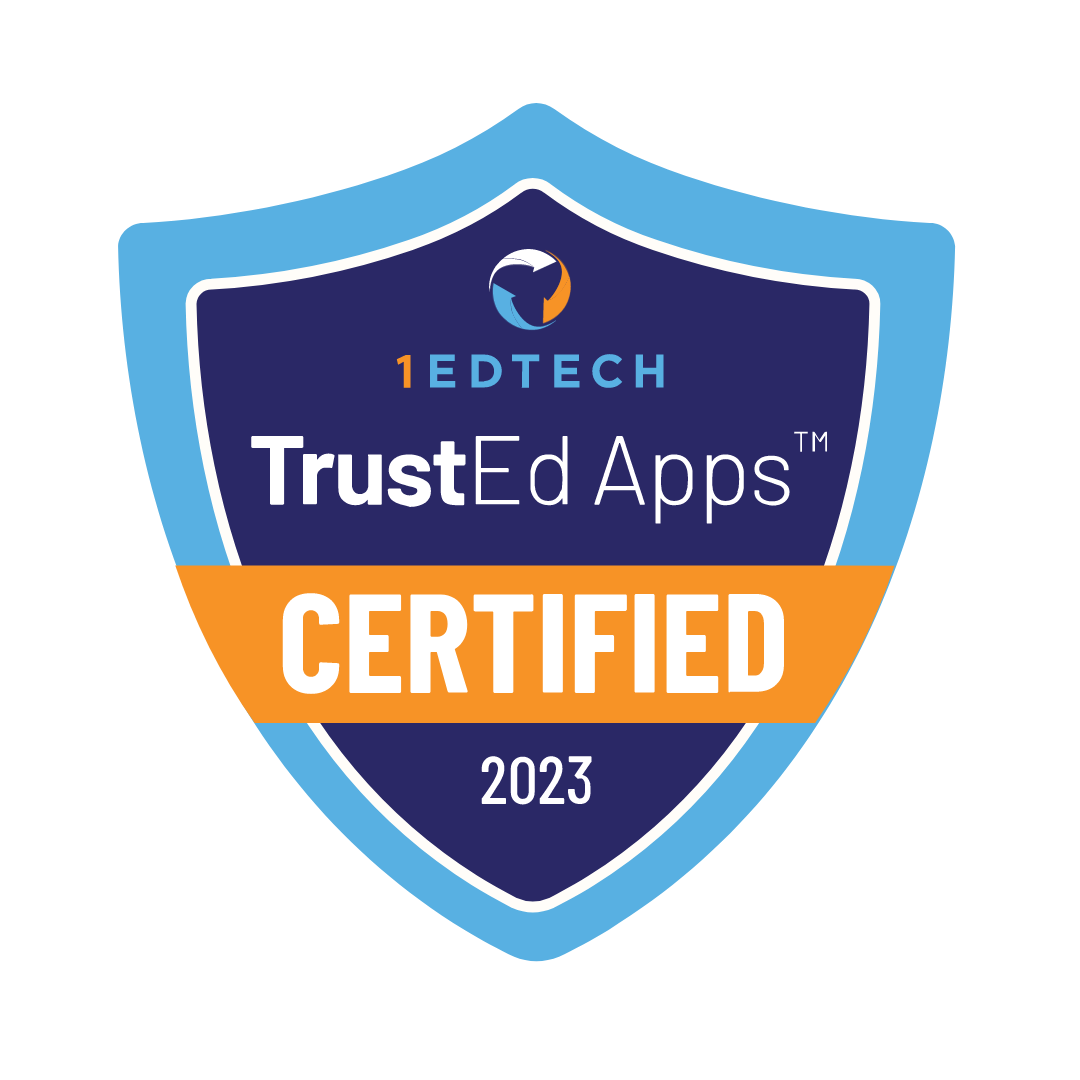Contents [hide]
More than 1 in 4 (28.7 percent) adults in the United States have some type of disability, according to the Centers for Disease Control and Prevention (CDC). Homeschooling and the right curriculum become a solution for educating children with special needs.

Homeschooling special needs curriculum is a personalized educational program developed specifically for each child with disabilities. Let’s take a closer look at the different types of disabilities, curricula, and why parents choose our school for their children.
Different Categories of Students with Special Needs
Students with special needs are divided into different categories based on their disabilities. Disabilities can result in physical limitations, hearing impairments, intellectual difficulties, and much more. We explored these different groups of disabilities in this article. Understanding the unique characteristics of a child with disabilities is important for parents and teachers because it helps in taking the right actions. The right actions lead to creating an approach and environment helping the student overcome problems and receive a quality education.

Types of Curriculum for Students with Special Needs
Several types of curricula have been developed for children with special needs. We will review the seven most popular and widely recognized curricula.

Traditional curriculum
A classic curriculum without specific adaptations for children with disabilities. This curriculum can be an appropriate solution for kids with disabilities because it structures the learning process based on age and other factors. This curriculum is not suitable for certain disabilities.
Students’ Strength-Based Curriculum
This curriculum structures lessons based on the strengths of children with disabilities. This approach helps kids focus on the material and master it more easily. The topics challenging for the children are introduced gradually and in a simplified form.
Students’ Interest-Based Curriculum
This curriculum is based on the interests of the student with special needs to maximize their engagement in lessons. Teachers add materials to the basic program, truly capturing the student’s interest. Such a curriculum holds the children’s attention effectively and helps them gradually develop a love for learning.
Students’ Function-Based Curriculum
This curriculum allows the programme to proceed according to students’ cognitive, professional, social and behavioral needs. The curriculum focuses on the development of skills related to the expected job or profession, which are directed towards everyday life.
Students’ Age-Appropriate Curriculum
Observations have shown working with materials not suited for the age leads to heightened emotional and behavioral problems in students with disabilities. Age-appropriate curriculum helps address these problems and improve students’ academic performance.
Students’ Programmed-Environment Curriculum
This curriculum works in such a way the teacher selects a set of skills the student with a disability needs to learn. The child’s interests and abilities are taken into account to ensure they master the subjects progressively.
Students’ Developmental-Based Curriculum
This curriculum requires teachers to have knowledge of human development and psychology. All the materials and lessons teachers provide to students are based on behavioral and other therapies. Students following this curriculum get knowledge and improve their lives as they learn to work on their personal problems.
How to Choose the Right Curriculum for a Child with Special Needs?
Standard curriculum is not suitable for children with special needs. These children require a curriculum made for their specific needs. We listed four key factors parents consider to make the right choice.

Personalization Options
Children with special needs require a certain freedom. These children need a schedule allowing for adjustments over time. Parents look for curricula providing options to modify the schedule as needed. They avoid programs with fixed schedules, as these tend to lead to poor outcomes for their children.
Teacher Qualifications and Experience
Who will teach the program, and whether they have experience with special needs children, is a critical factor. Parents choose curricula taught by educators experienced in working with children who have disabilities. Parents ask about this experience and prioritize teachers who have dealt with similar issues to their child’s.
Support from School Staff
Children with special needs require extensive support, which parents are not always able to provide due to work or other commitments. Parents prefer programs where teachers provide strong support for their children when choosing a curriculum.
Access to Specialized Experts
Many schools include consultations with experts in disabilities as part of their programs. These consultations are valuable for the children and their parents. Parents prefer curricula providing such opportunities as they give deeper insights into their child’s needs and challenges.
Why Legacy Online School Works for Students with Special Needs?
“At first we were afraid that it would be difficult for him to study at home because of his inattentiveness, but in a couple of weeks he got used to it. Teachers were able to interest him, the more the classes are interactive, he studies with pleasure”
Rylie, Review.io

Inclusive distance learning is an approach making education accessible to all students. Legacy Online School follows this approach.
Legacy Online School’s teachers provide personalized attention and support to each student. We have experts with extensive experience in working with special needs children. These experts know which methods to use to help these students reach their full potential.
Learn more about how we work with students with special needs on our school’s website.











